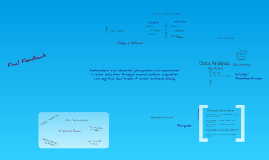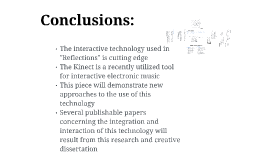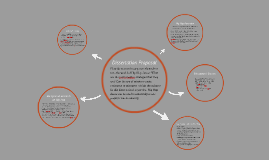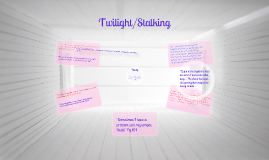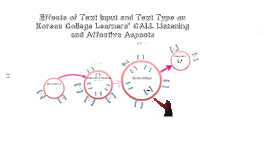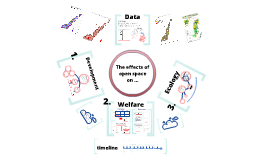Dissertation Proposal
Transcript: 1) To examine the effects of input modes on listening comprehension - Previous studies examined how listening modes affect learners’ preferences but not listening comprehension - EFL learners and teacher’s good use of modes 2) To investigate the effects of listening text types on listening comprehension - Text types has been proved influential on listening comprehension (Rubin, 1994; Shohamy & Inbar, 1991 - No study addressed the influence of different types of listening - In order to assist in and facilitate EFL listening learning and teaching 3) To explore the effects of input modes and text types on some affective aspects in CALL listening - Previous studies reported learners’ reaction to input modes or text types generally but not specifically - Compare with the actual effects of input modes and text types -> shed light on listening learning, teaching, development of EFL CALL listening 1.How do different modes of input (i. e., listening only, listening with subtitles, & listening with transcripts) and varying listening text types (i. e., dialogue, & lecture) affect learners’ listening performance in CALL? 1) Do different input modes have any effect on learners’ listening performance? 2) Do different listening text types influence learners’ listening performance? 3) Do different input modes and listening text types affect listening performance interactively? 2.How do the use of varying input modes and text types in CALL influence learners’ listening performance across the various levels of English language proficiency (high and low proficiency levels)? 1) Do the effects of different modes of input vary between two language proficiency levels? 2) Do the effects of different types of texts differ between two language proficiency levels? 3) Are there interactive effects of different input modes, text types, and learner’s language proficiency on their listening performance? 3.How do learners perceive different modes of input and text types in CALL listening in four aspects: concentration, comprehension, memory and reduced anxiety? 1) Do the varying text types affect learners’ reaction to the four aspects? If so, are there any different effects between two language proficiency levels? 2) Do the various input modes have effects on learners’ responses to the four aspects? If any, are the effects different between two language proficiency levels? 3) What do learners prefer for their future learning of listening? A. Theoretical Background - Osada (2001): Awareness of form-meaning relationships and word recognition skills - Vandergrift ( 2007): Lower-proficiency groups -> auditory discrimination skills / higher-proficiency groups -> refined word recognition - Chang (2009): improved listening comprehension, accurate language use and stronger preference for reading-while-listening mode (modes: reading-while-listening & listening-only => Current study: oral text and two written verification modes (i. e., subtitles and transcripts) - Input enhancement: direct learners to notice linguistic input efficiently (Sharwood Smith, 1993) - Input modification: makes input understandable to learners through images, L1 translation, L2 dictionary definitions, and simplification (Chapelle, 2003) - Expended definition of input modification: any form to clarify meaning for listeners (i. e., simplification, repetition, clarification, and L2 translation) (Larsen-Freeman & Long, 1991) => Current study: using modified input (i. e., subtitles and transcripts) to verify the effectiveness and feasibility of different text types of listening in CALL environment - Cognitive load: the total amount of mental activity that performing a particular task imposes on the learner’s working memory (Paas & Van Merrienboer, 1994) - CLT: addressed also its pedagogical implications on instructional design, based on our knowledge of human cognitive architecture (Sweller, 2005) - Three different kinds of cognitive load: intrinsic, extraneous, and germane (Paas, Renkl, & Sweller, 2003; Paas, Tuovinen, Tabbers, & Van Gerven, 2003; Sweller, 2007; Van Merrienboer & Ayres, 2005) => Current study: examines how input modes and text types will affect cognitive load and make a constructive pedagogical suggestion - Rost (2011): five listening genres (i.e., narrative, descriptive, comparison/contrast, casual/evaluation, and problem solving) -> Mostly involved in research on L1 listening but not L2 listening research - Most research for L2 listening: news broadcasts, lectures, interviews, and dialogues and compare the effects of text types on EFL listening (Shohamy & Inbar, 1991; Berne, 1992) - Shohanmy & Inbar (1991): news broadcasts, lectures, and dialogues for listening texts => Current study: dialogues and lectures (with academic-based contents) a. The lecture: a monologue delivered for the sake of instruction b. The dialogue: a conversation between two people to address and solve a problem B. Review of Previous Research - Three major trends of research on






